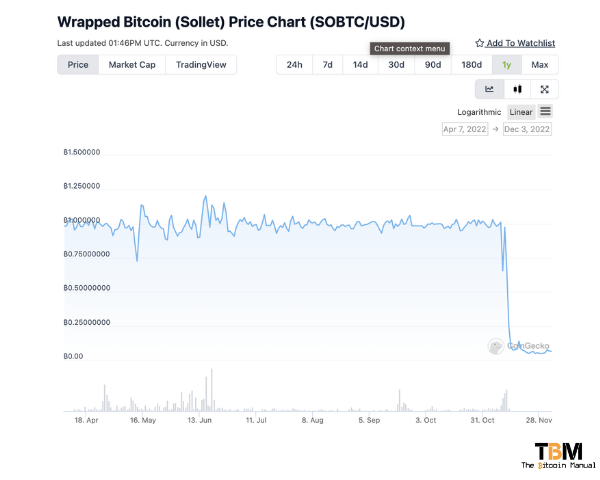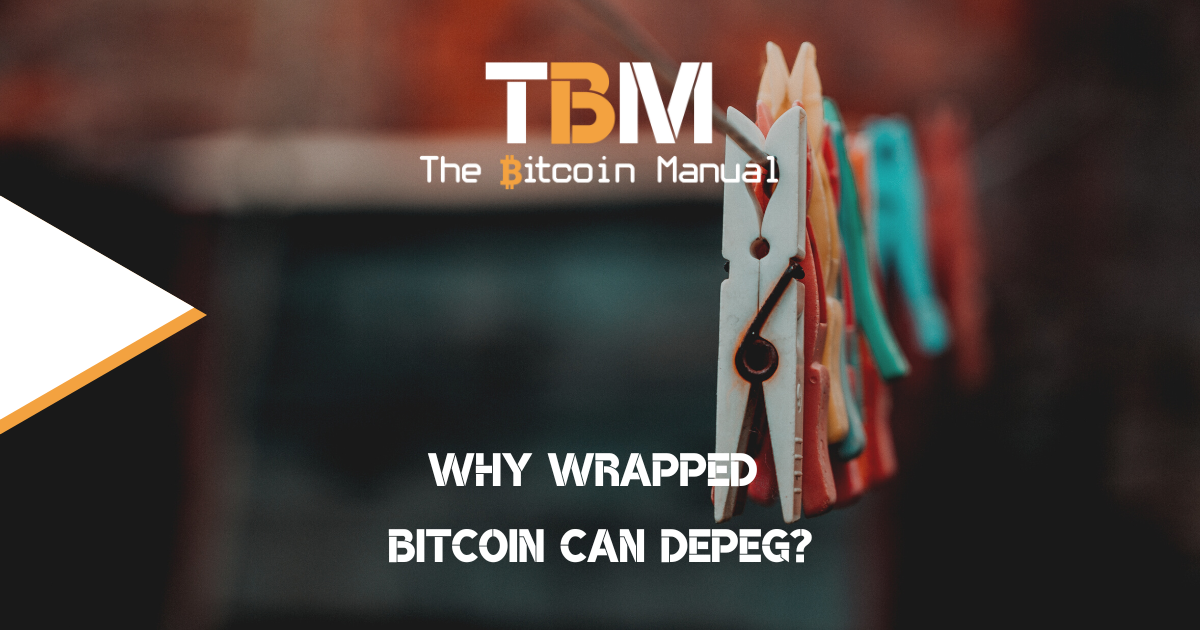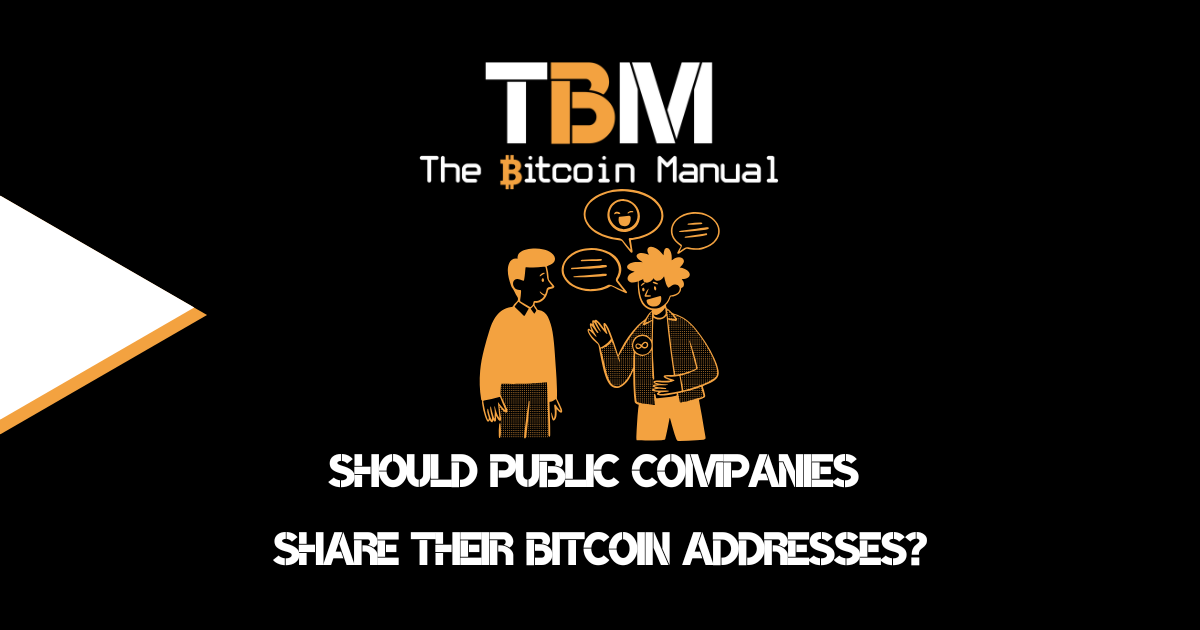Wrapped Bitcoin (wBTC) is a bitcoin voucher or promissory note that can be generated by submitting bitcoin to a custodian or smart contract bridge. Once the custodian or smart contract receives real bitcoin in an address they control, they will issue a wrapped bitcoin token to be used within another blockchain ecosystem of your choice.
Launched in January 2019, wBTC began as an Ethereum token backed by Bitcoin (BTC), which implies that one wBTC should always be equal to one Bitcoin. The wBTC token permits users to move with a variety of Ethereum’s host of permissionless gambling applications (dApps) and provides an asset with real demand and liquidity to be used in conjunction with Ethereum’s decentralised finance (DeFi) system.
As other blockchains began to see the value of securing a bitcoin-backed treasury that brings additional liquidity to their ecosystems, these chains spun up their own version of wrapped bitcoin that goes by many names.
Regardless of the name, the most common uses for wBTC on other chains are:
- Collateral to create stablecoins
- Collateral to get a stablecoin loan
- As a trading pair in a liquidity pool
- To exploit arbitrage trades between DEXs and CEXs
Wrapped bitcoin is an empty vessel
Despite the marketing and the perceived value on trading platforms, wBTC is no different to bitcoin you haven’t taken custody of and left on exchange. If you cannot verify your UTXO via your full node, then you are making trust assumptions and introducing counterparty risk. As a result, wBTC should not be considered a fundamental equivalent to BTC.
Since bitcoin is not a native asset of these chains and bitcoin is not a Turing complete chain that can have interconnected smart contracts, trade-offs are made to issue wBTC. Wrapped bitcoin is either issued centrally by a custodian or through the use of a multi-sig address that is monitored by an oracle, which relies on the data to a smart contract that matches the issuance.
Regardless of the methodology, there are points of vulnerability where funds can be exploited and general management of the wBTC market to consider.
Open market operations
While one WBTC should always be redeemable for one BTC through official merchants, the token also trades on open markets, which means its price relative to BTC can fluctuate. Depending on demand and liquidity, the price can trade at a discount, and when it does, arb traders are encouraged to come in and pick up the discounted wBTC and sell it at pegged value later.
Now encouraging a certain behaviour and getting the market to react to your incentive are two different things. Arb traders are always looking for a quick buck, but they also want assurances that they can collect on that trade; if the risk of no redemption seems too high, these market actors might not step in to bring the asset back to peg.
Either the de-pegging continues to widen, creating a more attractive opportunity, or the custodian of the wrapped asset will need to come in and close the gap themselves, should they be adequately capitalised.

Minting smart contract is compromised
Bridging smart contracts are responsible for checking that assets can move from one chain to another; for example, you could send wBTC on Ethereum to a bridging contract that allows you to acquire wBTC on Tron or Binance Smart Chain. Each bridging contract is responsible for locking up the sender’s token and unlocking the token on a new chain and vice versa.
If you’ve ever kept up with the integrity of solidity contracts, you’ll know they’re opened up more often than a six-pack after a long week of work. When briding contracts are exploited, you essentially have two claims to one bitcoin; it becomes a massive double spend.
Once the breach happens, its a race against time; the attacker now needs to find a way to redeem the double spend funds before the contract is shut down, and if they’re fast enough, they can pocket, in worse cases, all the coins minted by that smart contract.
It’s worth noting this attack has not happened to any wrapped bitcoin yet, but it did result in one of the biggest hacks in altcoin history with the Wormhole bridge allowing wrapped ETH on Solana to be double spent.
The price oracle is compromised.
Wrapped assets are subject to oracle price feeds since the asset isn’t native to the chain. These smart contracts interact with the wrapped asset and need to query an external data provider like an exchange to secure the trading price of the asset. Oracles are by no means immutable or incorruptible, and while we might not have seen a corrupt oracle attack on wrapped bitcoin so far, it has happened with other wrapped assets.
If the oracle price feed is corrupted, the person now controlling the feed can momentarily adjust the price of the asset to anything they want, purchase the asset. In this case, the attacker would buy wBTC in exchange for stablecoins and then go and redeem that wBTC at another smart contract or platform using a different oracle feed or redeem it to the main chain and enjoy cheap bitcoin.
A custodian is insolvent.
If the wrapped bitcoin in question is minted through a centralised custodian or the entity that manages the issuance holds its funds with a third-party custodian. The wrapped asset is exposed to the solvency risk of the custodian. If the issuer or custodian mismanages their treasury and cannot honour redemptions, people will rush for the exit door.
There will be a bank run, and people will sell it for far less than the pegged price to avoid holding a token that cannot be sold in the future. This might sound like an extreme case, but it happened in 2022 as part of the FTX collapse.
When FTX declared bankruptcy and their balance sheet showed 0 bitcoin, it immediately sparked a panic and a run on Solana-wrapped assets, as FTX happened to be the custodian for wrapped assets minted on Solana.
Sollet Bitcoin (soBTC), a so-called “wrapped” version of bitcoin on Solana supposedly backed 1-to-1 with bitcoin, now trades for 10% of the value today.

Wrapping it up
If you’re looking to secure bitcoin exposure, but buying wrapped bitcoin is your only on-ramp into bitcoin, you should consider the risks mentioned above, and if you are not comfortable with these risks involved. Depending on market sentiment and structural issues, the price you paid for that wBTC might not fetch a 1 – 1 exchange with real bitcoin.
If you’re not trading or actively using Defi to secure a loan, consider swapping it for on-chain bitcoin and taking self-custody of your funds.
Getting wrapped up in other chains
Have you purchased wrapped bitcoin? What did you buy it for? Which type of wrapped bitcoin did you use? Why do you own wrapped bitcoin? Let us know in the comments down below.




